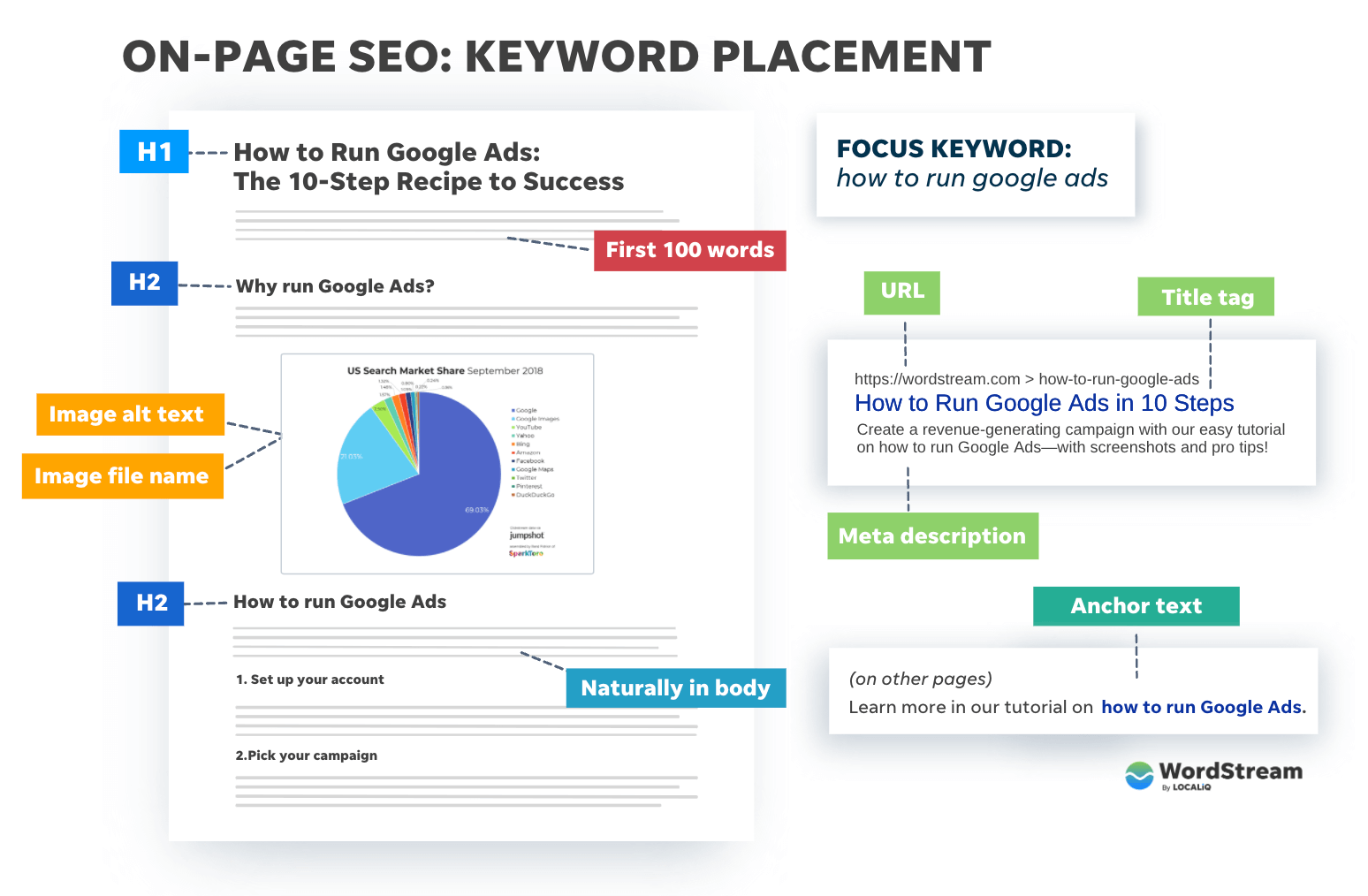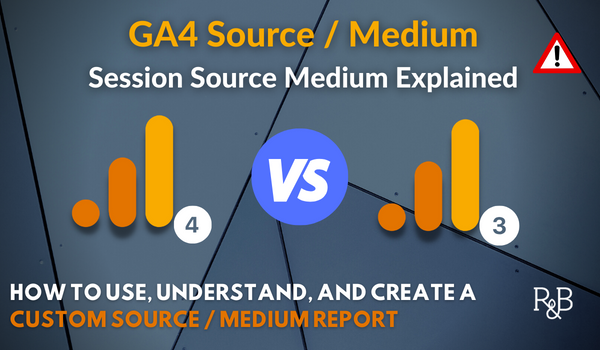Thorough Check Out Secondary Dimensions in Google Analytics: Meaning and Finest Practices
Thorough Check Out Secondary Dimensions in Google Analytics: Meaning and Finest Practices
Blog Article
Revealing the Impact of Second Measurement in Google Analytics on Data Evaluation and Insights
In the realm of information analytics, the usage of secondary dimensions within Google Analytics has arised as an essential device for drawing out deeper understandings and unraveling complicated patterns that could otherwise stay covered. By peeling back the layers of key information sets, second dimensions provide a nuanced viewpoint that improves the understanding of customer actions, website efficiency, and the performance of advertising and marketing approaches. Nonetheless, the real influence and untapped capacity of secondary measurements are usually underestimated, overshadowed by the appeal of main metrics. As we navigate through the intricate landscape of data analysis, the importance of secondary measurements comes to be progressively apparent, losing light on crucial details that hold the key to notified decision-making and calculated optimizations.
Exploring the Principle of Second Dimensions
Second measurements in Google Analytics offer additional insights by enabling customers to examine main information in combination with a second quality. By integrating secondary measurements, individuals can delve deeper right into the information and uncover valuable relationships that might otherwise go unnoticed - what is a secondary dimension in google analytics.
Recognizing the idea of additional measurements is important for making best use of the capacity of Google Analytics. It permits individuals to section information effectively, determine patterns, and make notified choices based on an extra full photo of their analytics data. By checking out the various secondary dimensions readily available in Google Analytics, individuals can unlock brand-new insights and optimize their digital marketing initiatives. Essentially, second dimensions work as a powerful tool for improving data analysis and driving actionable results.
Enhancing Information Interpretation With Additional Dimensions
Having actually established the fundamental understanding of additional dimensions in Google Analytics and their pivotal duty in data evaluation, the focus now moves in the direction of leveraging these additional credit to enhance the analysis of analytics data (what is a secondary dimension in google analytics). By integrating additional measurements into data analysis, experts can gain much deeper insights into individual habits, website performance, and marketing performance

In addition, additional dimensions assist in contextualizing key information metrics by giving added layers of details. This contextualization aids in recognizing the 'why' behind the information patterns, helping analysts make notified optimizations and decisions to enhance overall efficiency. Ultimately, including additional dimensions enhances the data interpretation process, bring about more significant understandings and critical activities.
Discovering Hidden Insights Via Additional Measurements
Exploring the depths of analytics information with additional dimensions exposes beneficial insights that would otherwise stay obscured. By including second dimensions in Google Analytics, organizations can discover covert patterns, trends, and relationships that give an even more extensive understanding of user behavior and site efficiency. These additional layers of information permit analysts to dig deeper right into the primary measurements, such as traffic sources or touchdown web pages, and acquire a more nuanced point of view on just how different variables engage with each various other.
Through the use of additional measurements, experts can sector and contrast information across various dimensions, enabling them to determine details elements that influence individual engagement, conversion rates, and general success metrics. By coupling the main dimension of 'device category' with the secondary dimension of 'age team,' online marketers can identify which age demographics prefer accessing the site via mobile gadgets versus desktops.
Leveraging Second Dimensions for Actionable Analytics
Structure upon the insights introduced through additional dimensions in Google Analytics, companies can currently harness this enriched data landscape to drive actionable analytics and calculated decision-making. By leveraging secondary measurements, companies can dive much deeper into their information to draw out important patterns, patterns, and correlations that might have previously gone undetected. This much deeper level of analysis allows services to acquire an extra detailed understanding of customer habits, project performance, and total website performance.
One secret benefit of using second dimensions for actionable analytics is the capability to segment information based on details requirements. This segmentation allows organizations to tailor their approaches and projects to different target market teams, causing much more targeted and effective marketing efforts - what is a secondary dimension in google analytics. Additionally, secondary measurements offer a more all natural view of user interactions, allowing services to enhance their website material, layout, and general individual experience
Optimizing Decision-Making With Second Dimensions
To improve calculated decision-making in analytics, leveraging secondary dimensions in Google Analytics can offer a more nuanced viewpoint on individual habits and campaign efficiency. click this By incorporating secondary dimensions into data analysis, organizations can dig deeper right into the specifics of their web site site visitors' communications and involvement patterns. This added layer of info enables for a more thorough understanding of just how various variables, such as demographics, devices, or traffic resources, influence crucial efficiency indications.

Verdict
Finally, making use of second dimensions in Google Analytics plays a crucial role in improving information analysis and uncovering covert insights. By exploring this principle, one my latest blog post can acquire a deeper understanding of user behavior and make notified decisions based upon actionable analytics. Leveraging secondary dimensions enables an extra thorough interpretation of data and takes full advantage of the efficiency of decision-making processes.

Report this page